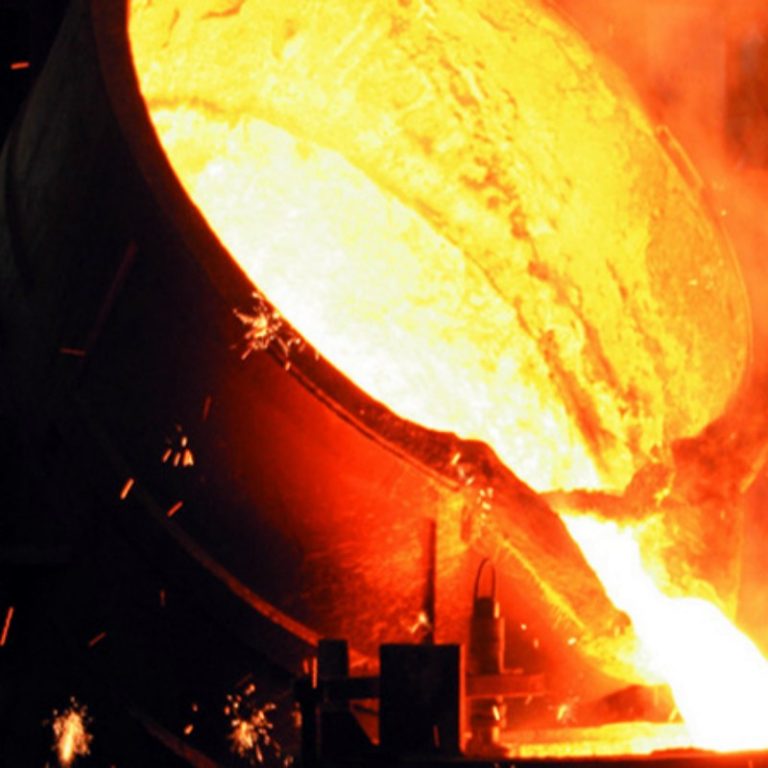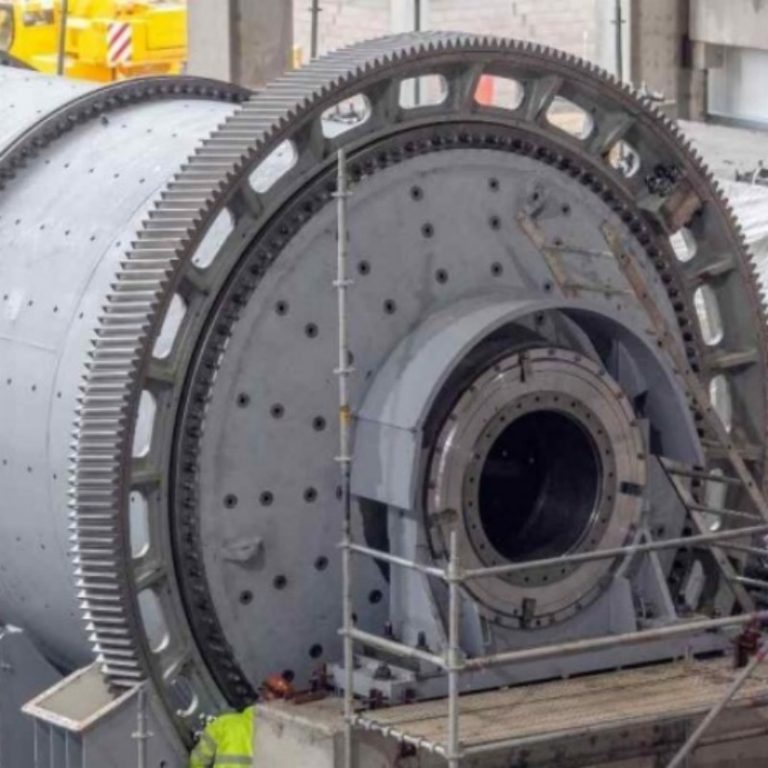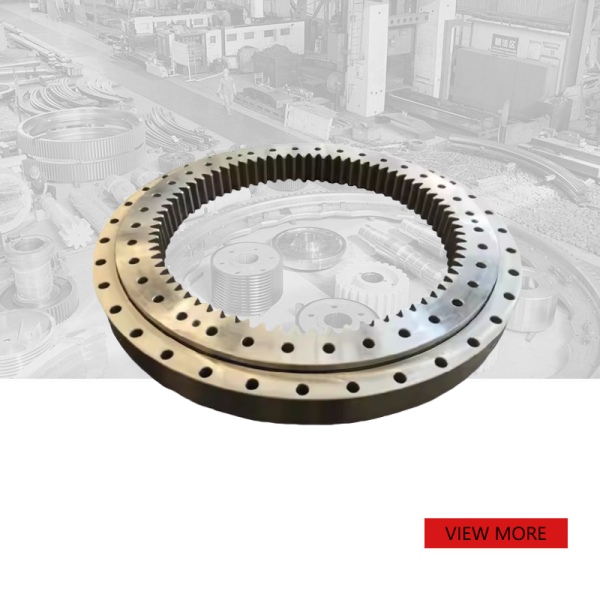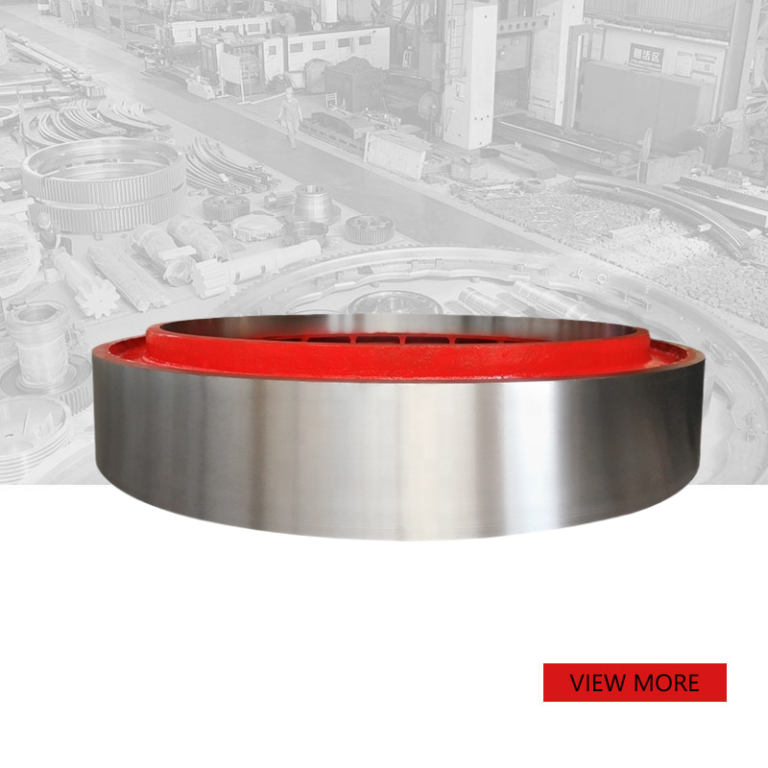
Relationship Between White Spots and Forging
White spots (commonly referred to as “flakes” or hydrogen cracks caused by embrittlement) are a prevalent defect found in steel materials during their processing, particularly during forging operations and subsequent treatments. Their formation can often be linked back to forging processes (e.g., forging). Here we offer an in-depth examination of the relationship between forging and white spots:
I.Definition and Characteristics of White Spots
White spots may be defined as microcracks or gaps formed within metal structures by hydrogen atom aggregation. On a macroscale, they often appear as elliptical or silver-white spots while microscopic inspection reveals their brittle fracture characteristics.
Cause: Hydrogen dissolves into molten metal during melting or processing, but as soon as the metal cools, its solubility diminishes, leading to hydrogen precipitation and high-pressure gas bubbles that create internal cracks.
White spots reduce the strength, toughness and endurance of materials, as well as creating sudden fractures in them.
II. Effect of Forging on White Spot Formation
Forging as a hot-working process has an immediate and significant influence on hydrogen diffusion, distribution and formation of defects.
1. Sources of Hydrogen
Hydrogen can be released through either electric arc furnace steelmaking processes or through deoxidizer use.
Environmental Factors in Forging Heating water vapor within a furnace’s atmosphere could react with metal surfaces to produce hydrogen, such as in Fe + H2O, FeO + 2H reactions.
2.Key Roles of Forging Parameters
Temperature Control in High-Temperature Forging. When temperatures increase, hydrogen becomes more soluble and diffuses more readily through metals, preventing its build-up locally.
Low temperature forging. If final forging temperatures are too low, hydrogen solubility decreases dramatically, leading to an increased chance of white spots forming on the metal.
Deformation Rate and Uniformity are two parameters to keep an eye on when working with plastic parts.
Severe deformations that are severe can cause localized stress concentration and promote hydrogen to migrate towards regions with higher stress concentration.
Uniform plastic deformation helps disperse hydrogen atoms more evenly, decreasing the chances of white spots occurring.
Rapid Cooling Speed Substantiated by rapid cooling methods (e.g., water quenching), forging can often result in uneven hydrogen distribution, leading to white spots being formed as it cools rapidly following forging.
Slow cooling (for instance, furnace cooling) allows hydrogen gas molecules to gradually dissipate from the surface, decreasing internal build-up of hydrogen.
3. Post-Forging Hydrogen Removal Treatments
Hydrogen Removal Annualization: By subjecting workpieces to prolonged heating at low temperatures (200-300degC), hydrogen gas can disperse from its bound position on the workpiece, helping it dissipate from it as part of an annualization process.
Vacuum or inert Gas protection manufacturing processes can utilize vacuum forging or protective atmospheres to limit hydrogen contamination of their products.
III. Optimization of Forging Processes to Avoid White Spots
Check Out Raw Material Control Options Now
Utilize low-hydrogen smelting methods such as vacuum gassing.
Avoid using materials containing high levels of moisture (e.g., damp refractive materials).
Optimization of Forging Parameters
Heating Phase: To protect the furnace, consider using dry hydrogen or another inert gas as an auxiliary measure to control humidity in the room.
Deformation Process: To avoid massive deformation at lower temperatures and ensure forging temperature does not drop below the hydrogen-sensitive range, follow these guidelines when performing deformation processes.
Cooling Regime: For best results, employ stepwise cooling (e.g., air cooling up to 300degC and then furnace cooling).
Post-Processing Measures
Conduct hydrogen removal annealing after forging.
Conduct ultrasonic tests* or “fracture inspection” on critical components in order to identify white spots early and identify any white spots as soon as they arise.
IV. Case Studies On Large Forgings (e.g., generator rotors), two main classes can be distinguished.
Due to wide cross-sections and slow cooling rates, hydrogen can quickly build up within their cores. Therefore, controlling and removing hydrogen through annealing and controlled cooling processes are both key in order to maintain their health effectively.
– High Strength Steel Forgings:
Because these alloys are highly sensitive to hydrogen embrittlement, processes like vacuum melting or the protective atmosphere forging process should be utilized as soon as possible.
White spots are often caused by hydrogen diffusion, and forging is a great way to help mitigate their effects. Temperature fields, stress fields as well and hydrogen diffusion effects all play an essential part.
Key Control Points of This Model:
1. Reduce the amount of hydrogen generated.
2. It is crucial to optimize forging temperature as well as deformation parameters during deformation.
3. Formulate appropriate chilling and postforging protocols
By optimizing these aspects, the possibility of white spots can be reduced significantly, which improves both quality and reliability in forged parts.
Contact us







